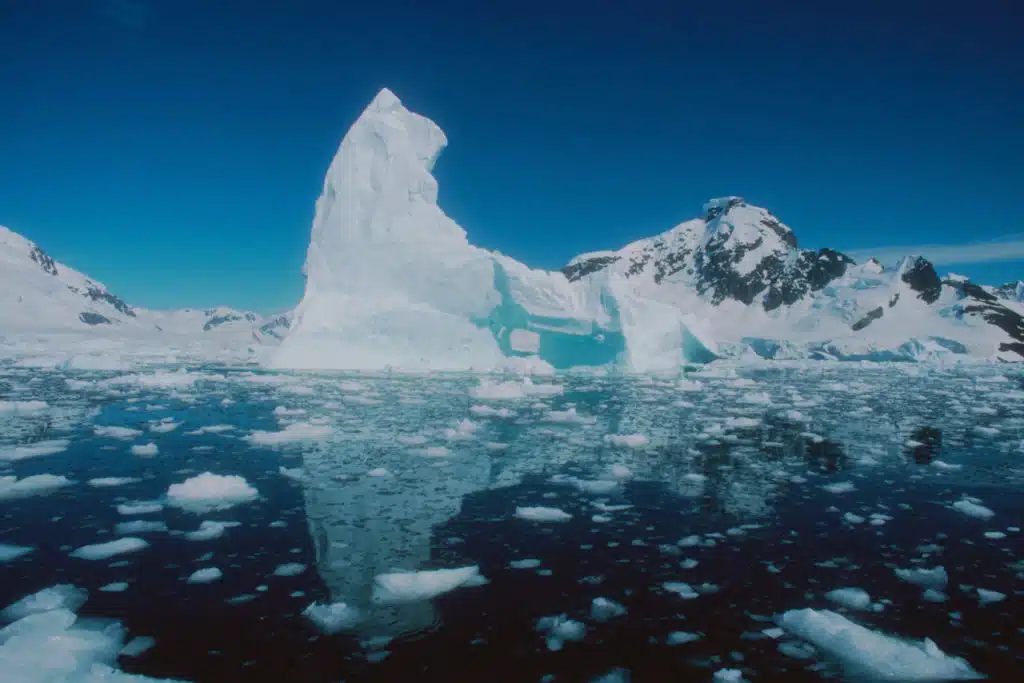A 1.2 kilometre long ice core from the Antarctic is yielding valuable new climate information which will help scientists to better understand climate change.
Researchers from the Antarctic Cooperative Research Centre and Australian Antarctic Division have used this ice core to show how summer and winter temperatures have fluctuated over the past seven centuries. The scientists, Vin Morgan and Tas van Ommen published this work recently in a British scientific journal, and Dr van Ommen is presenting a public seminar, highlighting this work, today as part of Science Week in Melbourne.
“Current conjecture over climate change is based in part on the difficulty of separating natural climatic fluctuations from those which may be of human origin. Studying ice cores is an established way of seeing what climate has done naturally in the past. The unique feature of this work is that it gives a level of detail that has not been available until now.” Dr. van Ommen said.
The ice core comes from Law Dome in Antarctica, 120 km inland of Australia’s Casey Station. The summit of Law Dome, where the core is drilled is a region of very high snowfall by polar standards. It is this high snowfall that allows such detailed study. Each year’s snow carries with it impurities and chemical information which gets trapped in the ice where it may remain for tens of thousands of years.
Results of this research show that summer and winter temperatures at Law Dome have varied in a different manner to each other over the seven centuries. The results show a period of unusually cool winters in the 18th and 19th centuries. This cool spell coincides with the end of a longer cold period in the Northern Hemisphere that is known as the “Little Ice Age”. During this time, Europe was gripped by a prolonged cold era which resulted in considerable hardship and agricultural losses. Whether these two climatic events are in any way linked is a very interesting question.
Turning to the 20th century, the ice core shows a period of warming that again mainly affects winters. In fact, the coldest summer seasons in 700 years appear to have been early in the 20th century. Since about the middle of this century, both summer and winter temperatures have warmed, and overall temperatures in the past 30 years are at least as warm, if not the warmest seen in the last 700 years. This highlights the difficulties in attributing causes to climate variation, as we ask “How much of the warming this century has been a natural recovery from the colder climates of the 1800s?”
The Law Dome ice core record is internationally recognized as a unique archive of climate data. The research on this ice core is providing a wealth of information which will be valuable for reconstructing some of the detail of past climate and testing our ideas and computer models which attempt to describe how the climate works.





 Fresh Science is on hold for 2022. We will be back in 2023.
Fresh Science is on hold for 2022. We will be back in 2023.